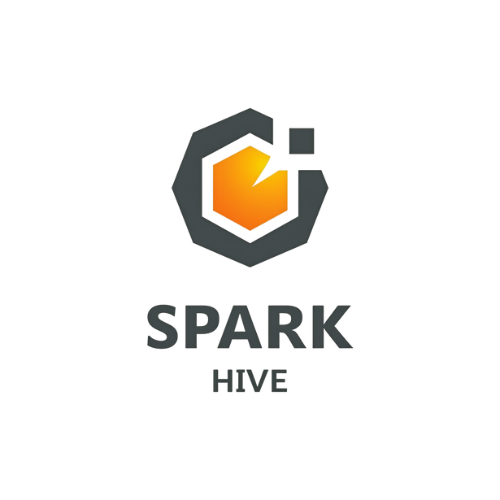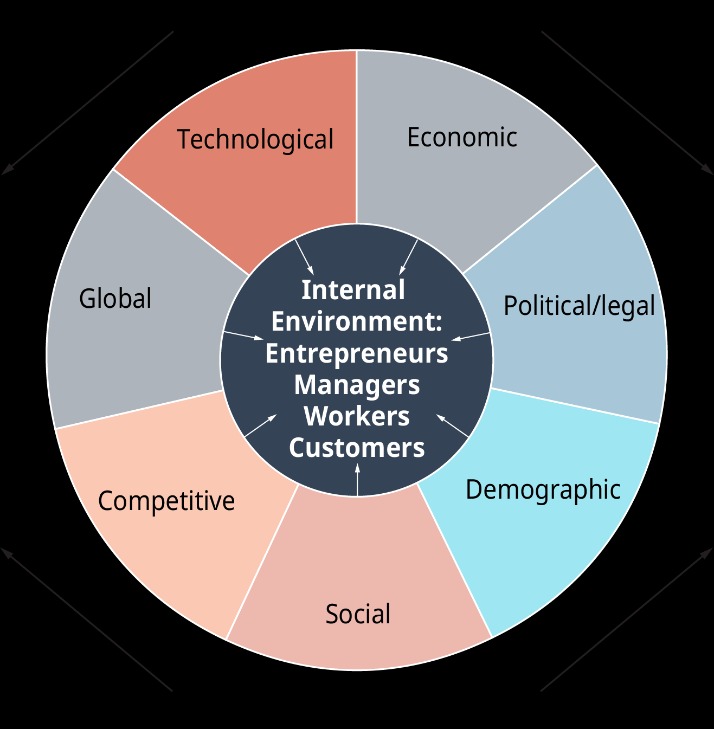
They set the mood, guide attention, and even influence decisions. But throwing colors together isn’t enough — there’s a science to it. Divi AI also has your back in incorporating new web design practices that might require custom coding for specific sections. Just describe what you envision and watch it materialize without needing to understand the ins and outs of coding. Calls to action (CTAs) are crucial for guiding visitors towards desired actions, such as signing up for a newsletter or making a purchase.
Responsive web design makes it possible for websites to automatically adapt their appearance to the screen sizes of all devices. This allows the typesetting and text flow to change from a wide screen with fewer line breaks to a narrow screen with many line breaks. Photos in landscape format are also adjusted to portrait format without losing quality or meaning. Boxy styles, garish colors, and limited fonts along with no clear positioning of text made these early sites resemble collages of Word documents and photos stuck to a pinboard. While this colorful kaleidoscope was innovative at the time, modern web design has come a long way since then.
So, let’s dive into the top web design best practices for 2024 to make your site do the work — convert visitors into paying clients. I’ll also cover key design guidelines and requirements that you should keep in mind, too. Chrome notifies visitors whenever they visit websites that don’t have an SSL certificate and is also deprecating legacy TLS versions and showing additional warnings.

Divi AI
- Web design best practices aren’t just theoretical concepts — they’re the building blocks of exceptional digital experiences.
- Claire Escobedo from Online Optimism says that one of the main mistakes she sees in mobile design is a lack of accessible features.
- Netflix’s website is a good example of web design best practices.
- Hence, keep practicing this and keep growing, you will start to experience lesser bugs and code intended will be in the right direction.
- A well-balanced color palette improves aesthetics and enhances usability and accessibility.
- Code quality and maintainability denote writing code that is clean, well-structured, and therefore easy to understand, modify, or maintain.
In this section, we’ll explore the most useful practices of basic front-end development that will help you facilitate both programming and styling processes. To make it clearer, we divided them by fundamental technologies – HTML, CSS, and JavaScript. With Divi, you have the tools to create and optimize CTAs that drive results. This means your brand consistency extends beyond just look and feel into the very structure of your content.
User-friendliness, also known as eye-friendly guidance, relates to how pages are structured within the website and how intuitive the navigation is. Modern website creators already define the function of heading types in the code, and so does Webnode. This type of design became popular with sites such as Pinterest, Facebook, and Twitter. Sometimes it is necessary to present more than one piece of content of equal or similar importance next to each other.
What are the 7cs of website design?
The 7C’s of Website Design stand for Creativity, Consistency, Clarity, Content, Continuity, Compatibility and Customisation. These 7 steps provide you with a foolproof process for creating the best website design for your business.
Tip #4: Create a smooth user experience

You can add brief remarks to your code to explain why a code snippet functions a certain way by “commenting” it. You can learn more about the purpose of a particular piece of code by reading code comments. Everyone who is keenly into web development would understand how web development brings a change in the development process of any online business. Interactive website created with web development tools and accessible through a browser is referred to as a web application. This task is taken by web developers in the case of developing a web page or any web application or any app on a web server, everything is taken into account.
This technique, similar to well-timed pop-ups, respects the user’s browsing flow while effectively drawing their focus toward conversion. The search bar found its place in the top right corner, providing a convenient way for users to find specific articles or topics. The main navigation categories (Entertainment, Culture, Small Business, Blavity U, Blavity Brands, Digital Cover) are clearly labeled and easy to notice. Each should either illustrate a point or provide a visual break at a natural pause in content. When we use the word “standards,” we’re referring to the most common design approaches adopted by websites around the globe.
For all the options out there, the web starts with HTML, which is very simple. It’s a simple markup language to tell a browser what’s a heading and what’s a paragraph, for example. Then find out about how CSS can be used to organize and style those elements. Then find out a bit about how JS can add a layer of functionality to your page, and how PHP and other server side languages can add more functionality. Without knowing a bit about what’s behind websites, it’s not surprising that it’s all a cloud of confusion and unknowing.
This article will explain how to design a website that hooks your target audience. Access free tools and resources designed to help your business succeed. 4.2 Emphasize high-priority tasks with a clear visual hierarchy.
If you violate what users anticipate, they may feel uncomfortable or even frustrated with your site. Responsive design means investing in a highly flexible website structure. On a responsive site, content is automatically resized and reshuffled to fit the dimensions of whichever device a visitor happens to be using. According to Culbert, strong visuals allow people to invest time and energy into learning more about something you want to sell. “Design should support content and functionality — not the other way around.


